The Women's Land Army in WW2
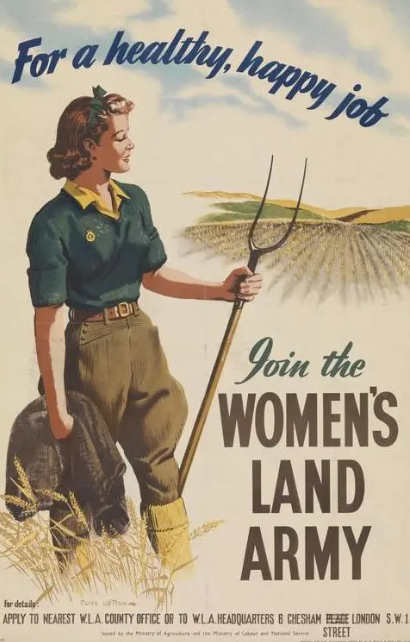
The British Women’s Land Army was established in January 1917 in preparation for World War 1. Twenty two years later it was re-formed in June 1939 in respect of World War 2.
The Women’s Land Army (WLA) employed over 200,000 women between June 1939 and November 1950. The women, who were known as Land Girls, replaced male agricultural workers who had been called up to serve their country in WW2. The main aim of the WLA was to increase food production during the war. Many of the women had little or no experience of farming, nevertheless most of them had to learn ‘on the job’ to grow produce, plough with horses, drive tractors, milk cows, rear lambs or catch rats for example.
If the job of a Land Girl appealed, the women were required to enrol at a local WLA Headquarters or register their name on the National Service Guide at the local post office. With regard to enrolment, the WLA looked for the following credentials:
* the women had to be at least 17 years old.
* they needed to be physically fit, young and unmarried.
* women with no dependents.
* women who were mature enough to leave home.
* women who could cope with being sent anywhere in the country.
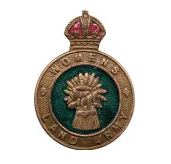
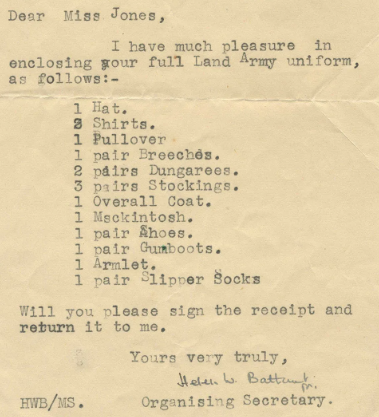
They would be invited for an interview and had to take a brief medical test. If successful, their name was added to the County register and they would then be matched up to a local farm. Once the war had started, the Land Girls had to pledge themselves for the duration of the war.
Training was offered to some Land Girls but not all. Training would be for approximately 4-6 weeks at an agricultural college or on a training farm. It could involve learning about planting crops or working with a variety of animals, including shire horses for example.
The two types of accommodation the Land Girls lived in were:
* Private billets such as farm worker’s cottages with a few other girls (or even alone in some cases) or they may have lived in the farmhouse with the family.
* Hostels – the Land Girls would usually work and live together. The
Hostels were either specially constructed accommodation such as the one in Summerwood Lane, Halsall (now Halsall Business Park) or they were requisitioned country houses.
The women were issued with a uniform and Women’s Land Army badge.
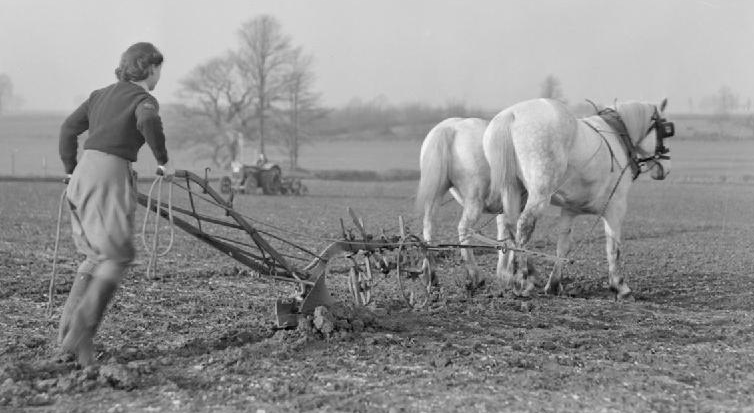
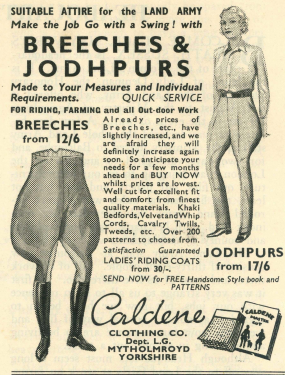
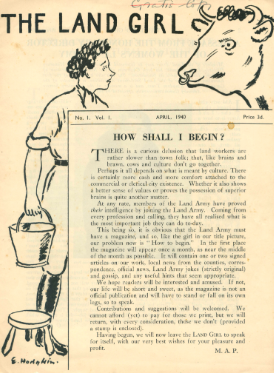
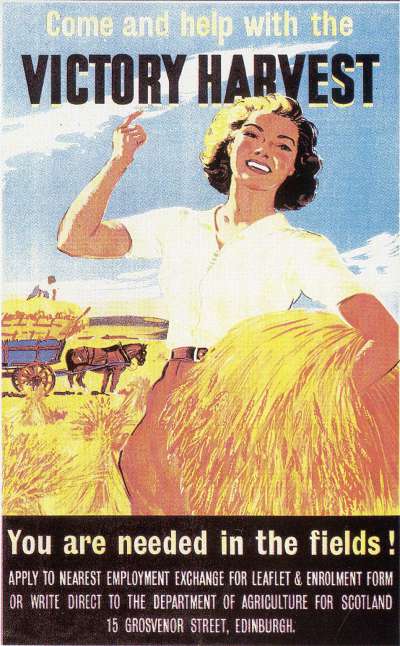
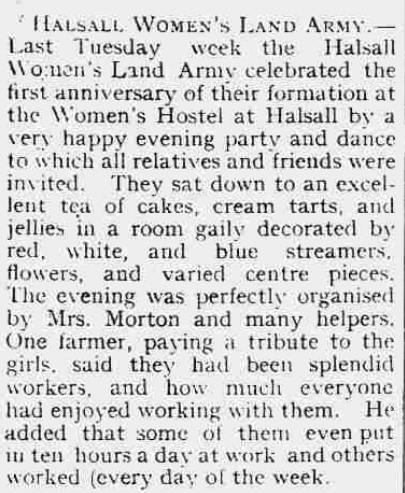
The first ‘Land Girl’ magazine was published on 1st April 1940 in the hope of preventing Lang Girls from feeling alone and isolated. It featured various articles, advertisements for jodhpurs and knitting patterns, County news, correspondence, first aid advice and general knowledge questions. In addition the local WLA distributed news sheets which informed the girls of county news and what was going on closer to their area. There was also a ‘Women’s Land Army’ Handbook which was intended to support the women and help them to cope with any issues that they may have faced.
In Halsall many Land Girls came and went. However, some of them met their future husbands here whilst working the land and remained in the Lancashire area. These are some of their stories, but there are others where we do not have sufficient infomation ; Betty Boyle, Hannah Hale, Elsie Peet, Eileen Bamber and Irene McCall. So if you have any more information and especially any photos then please Contact Us.
| Name / Biography | Birth | Death | Connection | Family Tree |
|---|---|---|---|---|
| Ann Abram | 1920 | 2012 | Land Army, Barton | GBW5-FRV |
| Doris Ashworth | 1923 | 2017 | Rimmer's Model Farm | GTL3-ZB4 |
| Freda Joan Bell | 1920 | 2015 | Silcock's Edge Farm | GTNL-WJ3 |
| Mary Elizabeth Burke | 1929 | 2013 | Cop House Farm | G16Z-8G2 |
| Gertrude Howis | 1921 | 2005 | Balmer's Chestnut Farm | GB4W-JGC |
| Winifred Hurler | 1922 | 2022 | Barton House Farm | GTLR-ZJC |
| Gettern Mere Land Army Girls | 1914 | 1918 | Gettern Mere Farm | GGJ6-G4W |
| Charlotte (Lottie) Molyneux | 1906 | 1984 | Silcock's Gesterfield Farm | GBWG-T63 |
| Lavinia Moorcroft | 1920 | 1990 | Welll's & Sons, Spraying | GP6F-8JB |
| May Williams | 1917 | 1996 | Howard's Farm Produce | GTGM-BSQ |
Halsall branch of the Women’s Land Army celebrated its 1st Anniversary in Febraury 1943 so it was formed in early 1942.
Recommended sources of information regarding the Women’s Land Army;
The book ‘A pullet on the midden’ written by Rachel Knappett tells of her time as a Land Girl on Bath Farm, Dark Lane, Ormskirk, Lancashire.
The website ‘The Women’s Land Army’ run by Cherish Watton is a wealth of information, photographs, biographies, articles and videos – highly recommended!
AncestryUK has the Women’s Land Army Index cards digitised on their website (Subscription required).